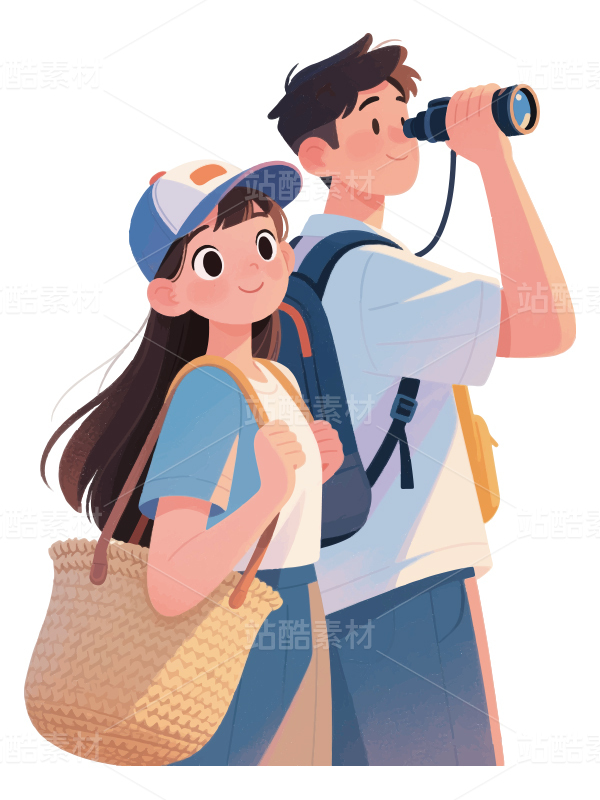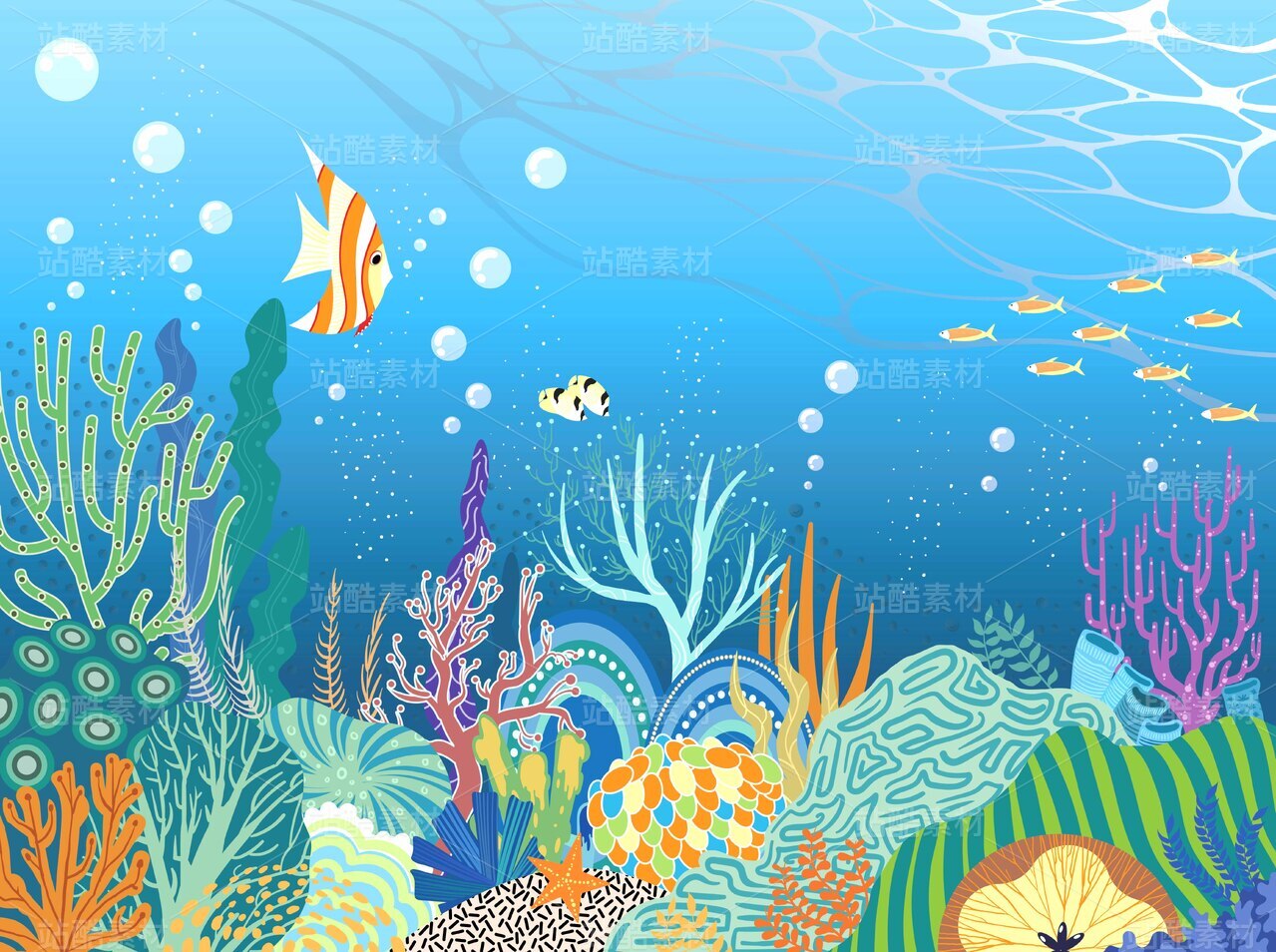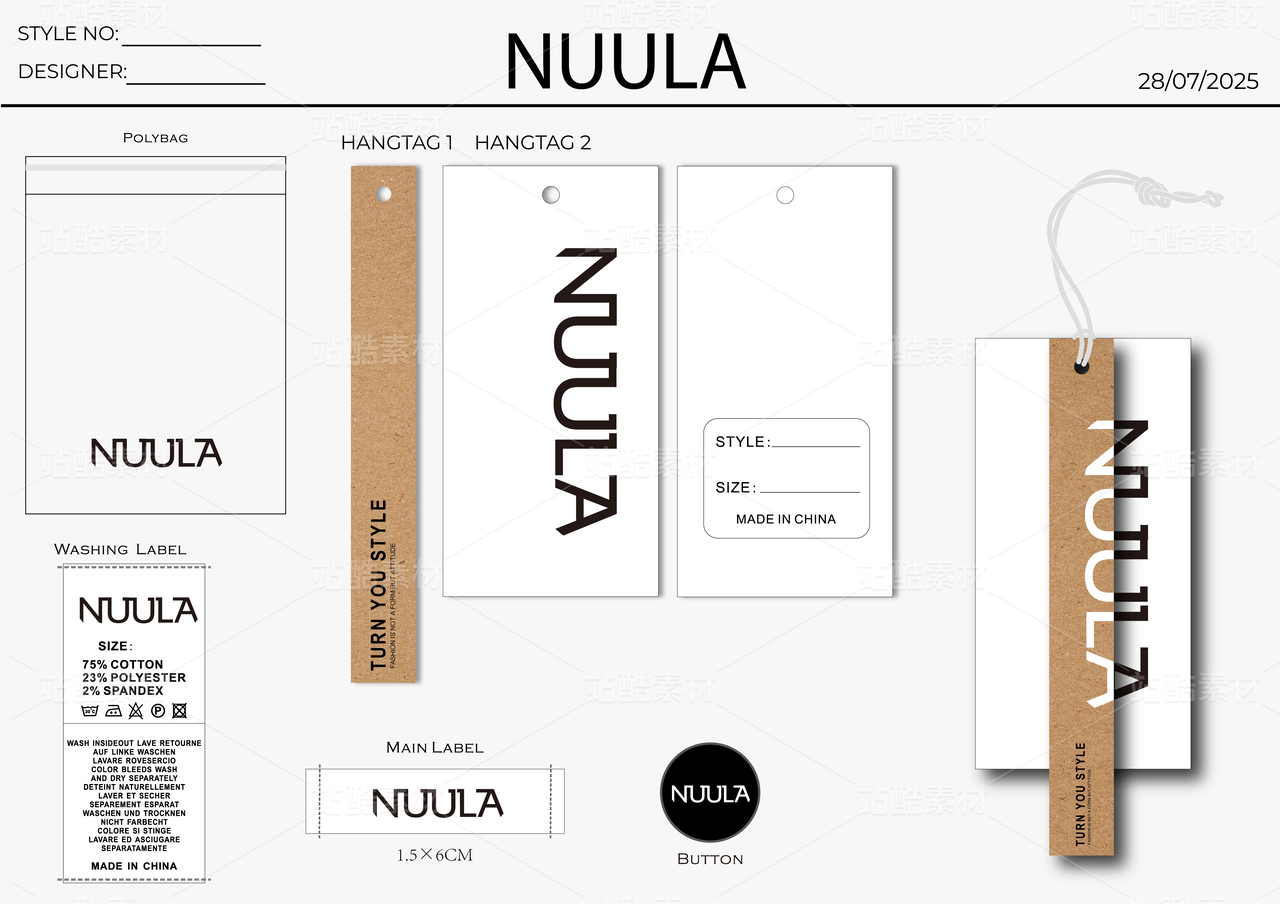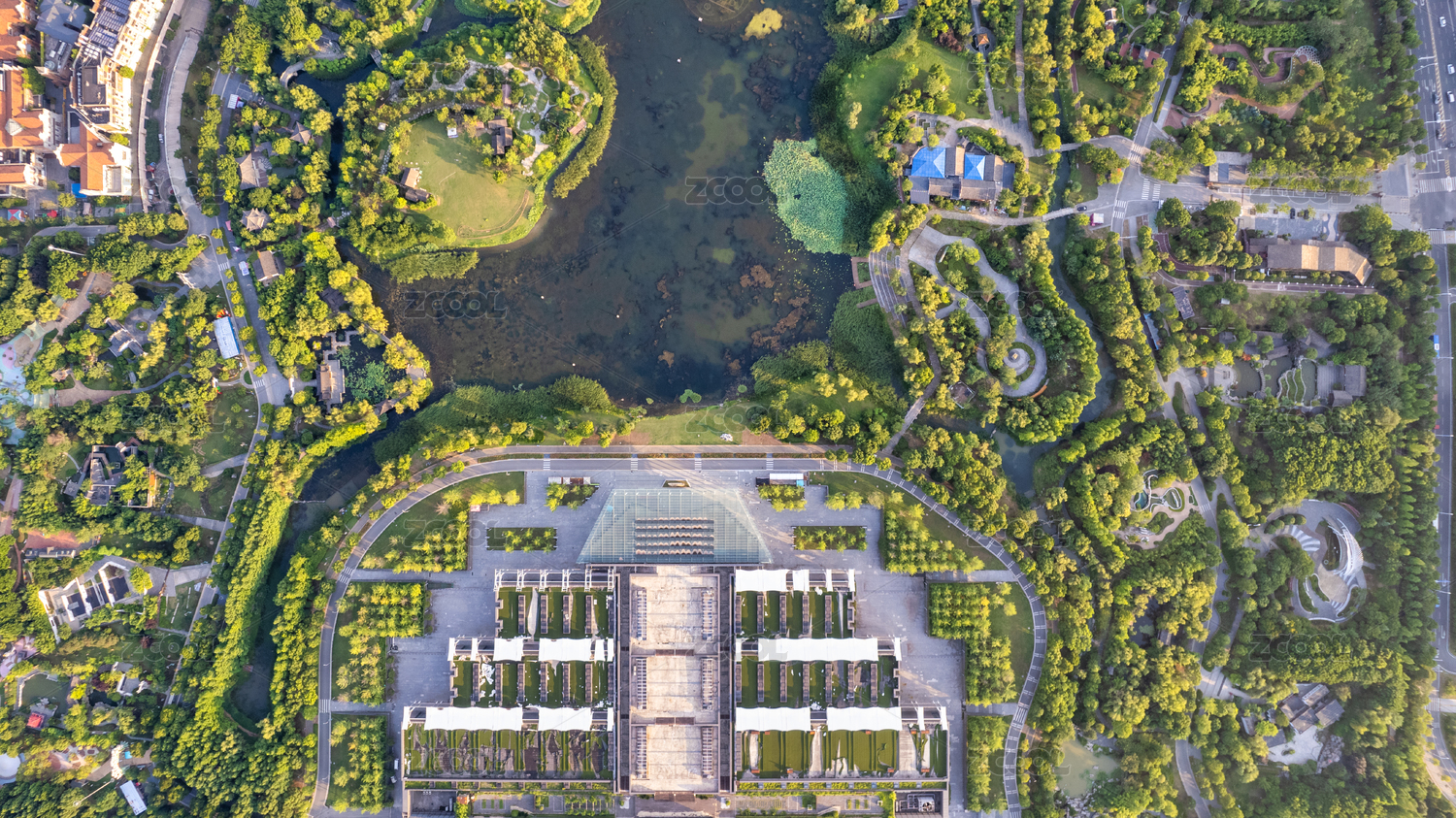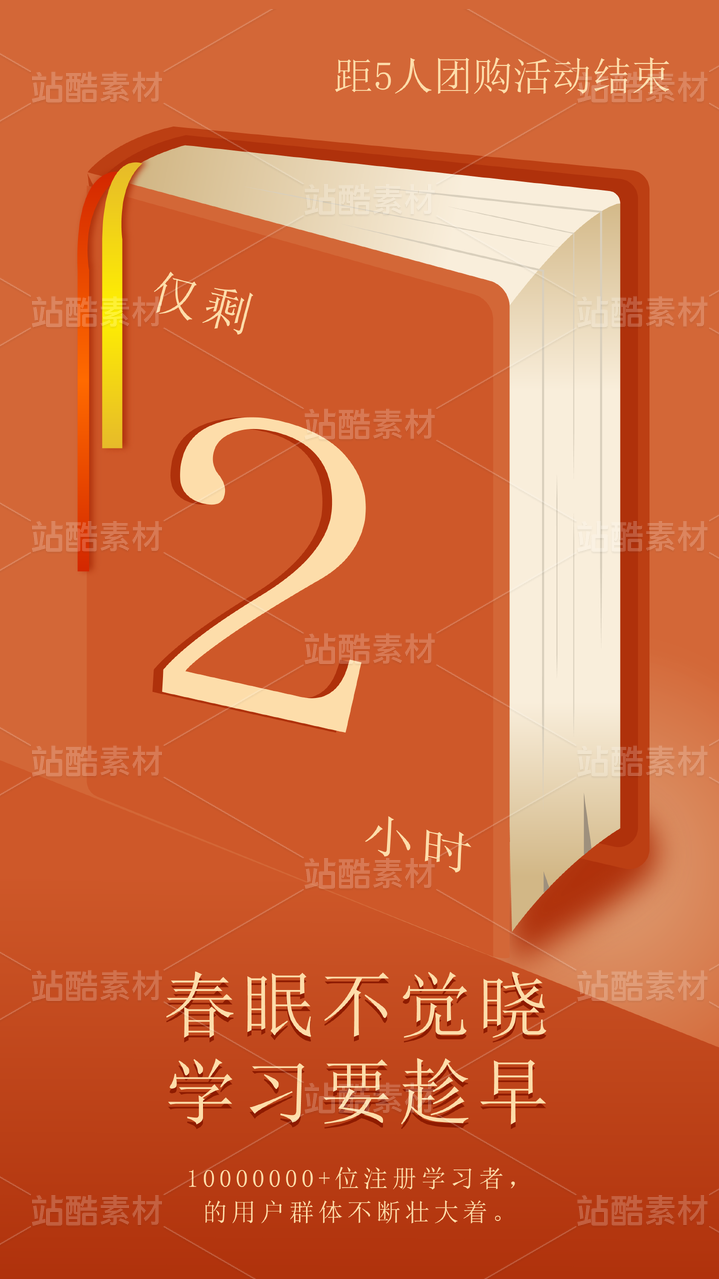序号3-旅游App-雏型概念建立-概念分化-确立方向-背景调查-用户研究-原型产生-评估反思
该项目旨在确定旅游业对当地社区造成的不利影响方面的问题空间,并提供解决问题的可能办法。

Interview with target audience in terms of place attachment
A number of stakeholders were identified in the previous report. In order to get a deeper view of this domain and whether the potential solutions listed above work, we need to know how they think about it. So, interviews with stakeholders were held online. In the previous report, only two stakeholders including the tourists were interviewed online. In this iteration, three more interview sessions were held in order to ensure the reliability and the coverage of the data. The interview response detail can be found in the appendix at the end of this report.
Based on what we got so far, the first two interviewees mentioned the culture of the travel destination including local food and human culture is one of the main reasons they love the place they have been, and the first interviewee has been to Paris for five times because of it. It proves the resource mentioned in section 3.2, through connecting tourists’ preferences with the various cultures of the place to increase tourists’ emotional connection to the place that participating in local culture such as food culture can enhance self-connection as well as the place attachment. However, this interviewee also points out that it is highly related to the personal acceptance of the local culture, which means if the tourists do not like the local culture provided by the destination, then whatever the travel organizations or governments did to attract tourists, they would not work. For example, the first interviewee mentioned that Melbourne is her favourite travel destination because the combination of Asian food and western food is something she has never experienced before, and she loves it. Thus, it is important to consider not only the attractive things a place has, but also tourists’ preferences.
This point can also be seen in the third, fourth, and fifth interviews (Section 11.1.3 – 11.1.5 in Appendix). Also, interviewee No.4 mentioned that he did not like Brazil at first. He liked Brazil after he learned about its culture and customs. Based on our previous research in section 3.2, place attachment is about constructing an emotional connection between tourists and the environment, and it is a way to improve tourists’ improper behaviour. “United Arab Emirates Architecture” describes that emotional connection is a subjective feeling that creates a bond between two people and this feeling can be anger, sorrow, joy or love. We supposed that getting tourists to like the place by learning about the cultures and characteristics of the place is a kind of place attachment.
On the other hand, their answers also prove that the place attachment can reduce the possibility of improper behaviours, and they show the potential to protect the local community and its environment. For instance, first two participants said they have never done something disrespectful or improper to the local community and its environment because they like the place they have been and they do not want to damage it. On the other hand, they were asked what suggestions do they have in order to improve the sustainable tourism and to avoid improper behaviours. Education, punishment, and rewards are recommended by them. Rewards reflect the first persuasion principle mentioned in section 3.1, which means the potential solution mentioned in the section 3.1 might work. However, based on current research, there is no evidence to support that other strategies recommended by them such as education and punishment are reliable, so extra research might need to be conducted.
Moreover, the third interviewee mentioned that if he saw some improper behaviour happen that he will try to stop it particularly the place he enjoys. Also, he said that the reason people damage the environment may be because they have a negative attitude to that place (Q7 in section 11.1.3). It proves the point mentioned in the previous paragraph again. However, the fourth and fifth interviewees disagree that low level of place attachment leads to improper behaviour by the tourists. They stated that people do these things because of their habit, and it is convenient for them to throw litters. However, their answers are based on their personal opinions without evidence because, based on the research we conducted, “it is convenient for them to throw litters” is due to low level of place attachment rather than habits. So, we will not change the potential solution. However, their answers show that we might need to consider the increase of tourist’s awareness of the environment's protection.
In summary, the improvement of the potential solution mentioned in section 3.2 for enhancing place attachment could be,
Combining the tourist’s preferences with the local activities that relate to the culture of the travel destination.
When the tourist interacts with the local activities, providing its related culture and its characteristics to the tourist.
When the tourist interacts with the local activities, consider how to increase the tourist’s awareness of the protection of the local community and its environment.
Part 4: Prototype Testing Evaluation & Insights
Prototype testing plan
Elaborate the problem space and concept to our tester
Introduce our solution/prototype
Navigate the application
Sign up an account and enter the main page
Explore other’s posts, like the post and browse others’ comments
Navigate to the event page and explore the nearby ‘Green Tourism Activities’
Navigate to the favorite page
Check on your profile page and browse your own posts
Feedback regarding the use flow/interface design
Feedback regarding the concept and the prototype
General Feedback
Prototype questions
Whether you will use the app, why?
Whether the solution fits the concept
Whether the solution helps people to act sustainability and why?
Will the rewarding system allow you to use the application more often?
What will you usually do to understand the local culture and information before travel/while making travel plans?
Have you ever finished a certain task because of the final rewards?
Have you ever attended events that have a positive impact on the environment such as collecting garbage on the beach? If yes, what is your motivation?
Testing Results
User A, travel lover who has a mid-high awareness of sustainable travel
The application is easy to navigate and concise. I can easily access the required pages without further direction, however, the only concern is that the application did not show what the tokens are and how it can be used.
I usually look at other travellers’ blogs and follow their travel plans when designing my own itinerary because people will put on their opinions and reminders which is more detailed. I am a result-oriented person, thus, I will complete a certain task if the rewards are appealing to me. I haven't had a chance to join the sustainable event, because I did not have the path to receive related information, however, I am willing to attend such activities due to the positive impact on the environment as well as my own interests.
I will definitely use the app, since I like to explore the local activities and the attractions when I was travelling, and the application shows the unique travel locations within the area and the activities that are beneficial for the environment. The solution fits the concept well as the information in the application prompts the users to behave properly while travelling by sharing others experiences and recommending sustainable events.
User B, general public who has high user experience skills and mid level sustainable awareness
The design of the application is comfortable in terms of the colour tone, use flow and the interface design. I need little assistance to navigate through the application.
I like the design of bowsing my own posts under the profile page, as it can clearly present my past experiences. My suggestion is that adding the date and time on each post to show whether the information is outdated or not. The token is confusing since it does not elaborate the function of it. I really like the idea of the awarding system, which encourages the potential users to participate in the green activities, so that the users may experience and understand more in the local culture and further enhance place attachment.
I usually plan my travel by browsing others’ blogs and youtube vlogs, because it is the most straightforward way to understand others’ experiences. If the reward possibility is low, then I will not attend, however if it's accumulating rewards/points, then yes. I haven't participated in a sustainable event. However, I think I will attend such events if friends are going as well since it is a good activity.
User C - general public who has low level of sustainable awareness
I have no confusion about the prototype, since the useflow is direct and the interface is like the other social media platform. The prototype is user-friendly and the feature is simple.
I have used Tripadvisor when arranging my travel plans, since it has other reviews and through others posts I am able to identify whether the location matches my expectation. The website is information transparent and is more reliable. Based on whether the rewards match my desire and will further drive my behaviours. I don't have the opportunity to attend sustainable events since it is not my interest.
The concept cannot really influence people’s behaviours since the loyal user group is people who have high sustainable awareness, thus, it is hard to attract the general public to act sustainably. For marketing aspects, promoting rewards to the new signup group or referral to new users is beneficial to expand the target group. Furthermore, the information diversity may be improved such as adding the nearby sustainable restaurants or hotels to allow users to explore more related information.
User D - general public who is a fan of social media and travels a lot.
It has a good usability for this app that I know how to use this app without any help. However, I was a bit confused about the reward system. There was not any instruction telling me how to use it and why it is here.
I really like using social media such as Facebook and Instagram. There are many bloggers frequently post their travel experience and I am always attracted by the beautiful photos in their posts. I think that's how I get my first impressions of a lot of places. And after that, if I was going to have a trip, these places I got first impressions from social media will be my first choice.
I think if I am the user for this application, I will try to attend the green activity for getting some rewards. But I think I won’t keep doing this for a long time since I am not a sustainable tourist at all.
Evaluations and Insights
Most of the interviewers are reward-driven, as they will complete certain tasks based on the outcome.
Most of the testers plan their trips through other’s blogs and vlogs as it is easier for them to decide based on other’s experiences
One of the users uses Tripadvisor to plan the itinerary as the platform is reliable and the reviews are a great guide to access the needs
Some of the testers have mid-level sustainable awareness, since they would attend green activities with certain requirements such as with accompanies.
One of the users likes the idea of Green Activities since the events can enhance tourists’ place attachment and sense of belonging.
Based on the testing result, most of the participants gave positive feedback on the interface design. They didn’t meet any trouble in the test process, it shows the usability of this app is working well and this app fits the user's mental model. However, the reward system made them get a bit confused that they don’t know how to use it. Through the discussion about this situation, we found that the reason may be because there is no instruction for the reward system and rewards can only be received when they write a post with positive feedback. Since this app is using a reward system to encourage people to attend the green travel event and write posts for it, it does not expect many people would like to initiate writing any in the first time they get to this app. Therefore, it is important that the people know there is a reward system at the beginning even if they have not started to write any posts. The potential solution is including a kind of instruction when they first sign in. For example, bind the reward with a mission system. The mission system can be an instruction to tell you how to use this app like follow 10 people you can get 100 tokens, attend a green travel event and write a post you can get 500 tokens. The mission window will pop up when the user first login the app. Therefore, if they can finish the mission step by step, they get familiar with the app and know how to use tokens.
Question 5 was designed to test whether this project is in a right way about making people share their travel experience to increase their place attachment. Most of the participants said that they always use social media to make plans for the trip. Both user A and User D said that their preference of the travel destination mostly depends on the travel posts or travel blogs they have seen before. These travel posts gave them first impressions of the place and it is the easiest way to learn about some culture there. Recall from the reason we made this app based on a travel experience sharing platform, we want the user to build some emotional connection by browsing some travel experience posts and knowing the culture is also a way to build the connection hence increase the place attachment. Therefore, it seems the project is on the track.
Based on the prototype result, there is a significant defect in this app and it had been talked about in the third presentation. This solution may not be able to fundamentally change the behaviour of the people who have no sense of environmental sustainability. As the user B pointed out that if the reward possibility is low that he may not attend the green travel event and the user D said he may not keep attending. This concept is not suitable for the people who are not used to behaving sustainably in the trip. For the people who are willing to behave properly, this app offers a convenient guide to help them to find green travel events. Through discussion, we think the main point is trying to find a way to make the user realize the benefit of sustainable tourism and it needs more research. For now, the potential solution as the user B said that he is willing to follow his friends’ decision. Therefore, using the reward system to encourage people to invite their friend to use this app. This may be a good way to let the user find out their friends who like sustainable travel and they may be able to affect each other.
Part 5: Background Research Summary, Direction & Solutions
Two main impacts of tourism on the local community in terms of the environment and resource were simply analysed. Then, the problem space was narrowed down, and the analysis of tourist’s improper behaviour, including their influences, the reasons contributing to these behaviours, and existing solutions, was focused in this project. Based on the academic research and related news research, we found that improper behaviours are mainly caused by the persuasive power of social media and low levels of place attachment. Through the deeper research of these two reasons, insights for the potential solutions of each reason were formed. Based on the initial solutions, additional literature research and interviews with stakeholders were conducted in order to deeply explore the requirements and needs to achieve these solutions. Now, based on what we have so far, the updated solutions are given below:
The initial solutions for reducing tourist’s improper behaviour are:
Reduce social media’s persuasive power.
Enhance place attachment by building an emotional connection between tourists and the travel destinations.
Both enhancing place attachment and reducing social media’s persuasive power will be focused on in this project. According to the background research we have conducted in the previous section, they contribute to different improper behaviours. Such as taking selfies with a baby dolphin is because of social media’s persuasive power rather than low level of place attachment, which mentioned in the previous part. However, our purpose of this project is to let tourists behave more environmentally friendly ways as green tourism. So, it is important to consider how to help tourists to avoid all types of improper behaviours rather than just focusing on specific types. If only one of them is covered in the project, then the problem domain we focus on is not explored totally, and some other improper behaviours are still not covered. Therefore, the design direction we focus on in this project is both enhancing place attachment and reducing persuasive power of social media.
Based on the in-depth research mentioned in the section 3 and 4, the requirements and needs for the initial solutions mentioned above are:
Implement an award system, and provide immediate short-term rewards if environmentally friendly tasks are completed.
Provide suggestions about the videos and photos tourists post online.
Cooperating with or guiding social media influencers to share positive travel experiences.
Increasing the tourist’s social interactions based on his/her preferences.
Providing travel destination’s related culture and characteristics. Help the tourist get familiar with the place.
Recollect this/her previous positive experience and memories.
Increase his/her awareness of protecting the local community and its environment.


















